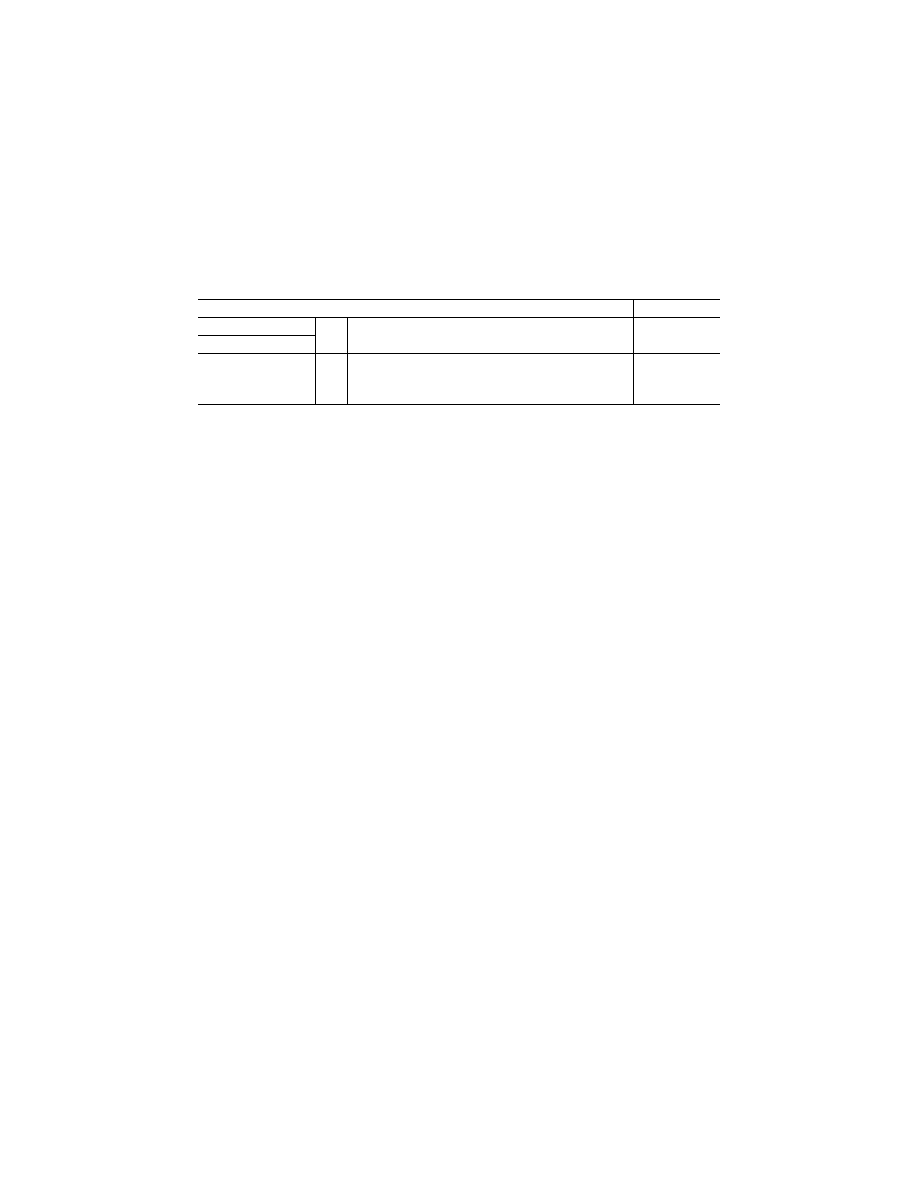
383
Federal Aviation Administration, DOT
Pt. 60, App. C
T
ABLE
C2E—A
LTERNATIVE
D
ATA
S
OURCES
, P
ROCEDURES
,
AND
I
NSTRUMENTATION
—Continued
[The standards in this table are required if the data gathering methods described in paragraph 9 of Appendix C are not used]
QPS requirements
Information
Table of objective tests
Level
By
only
Alternative data sources, procedures, and instrumentation
Notes
Test entry number and title
2.d.3.c. Handling Qualities.
Dynamic Lateral and Di-
rectional Stability. Ad-
verse/Proverse Yaw.
X
Data may be acquired by using an inertial measurement system
and a synchronized video of the calibrated helicopter instruments,
the force/position measurements of flight deck controls.
lllllllllllllllllllllll
B
EGIN
I
NFORMATION
18. V
ISUAL
D
ISPLAY
S
YSTEMS
.
a. Basic principles of a FFS collimated dis-
play:
(1) The essential feature of a collimated
display is that light rays coming from a
given point in a picture are parallel. There
are two main implications of the parallel
rays:
(a) The viewer’s eyes focus at infinity and
have zero convergence, providing a cue that
the object is distant; and
(b) The angle to any given point in the pic-
ture does not change when viewed from a dif-
ferent position so the object behaves geo-
metrically as though it were located at a sig-
nificant distance from the viewer. These
cues are self-consistent, and are appropriate
for any object that has been modeled as
being at a significant distance from the
viewer.
(2) In an ideal situation the rays are per-
fectly parallel, but most implementations
provide only an approximation to the ideal.
Typically, an FFS display provides an image
located not closer than about 20–33 ft (6–10
m) from the viewer, with the distance vary-
ing over the field-of-view. A schematic rep-
resentation of a collimated display is pro-
vided in Figure C2A.
(3) Collimated displays are well suited to
many simulation applications as the area of
interest is relatively distant from the ob-
server so the angles to objects should remain
independent of viewing position. Consider
the view of the runway seen by the flight
crew lined up on an approach. In the real
world, the runway is distant and the light
rays from the runway to the eyes are par-
allel. The runway appears to be straight
ahead to both crew members. This situation
is well simulated by a collimated display and
is presented in Figure C2B. Note that the dis-
tance to the runway has been shortened for
clarity. If drawn to scale, the runway would
be farther away and the rays from the two
seats would be closer to being parallel.
(4) While the horizontal field-of-view of a
collimated display can be extended to ap-
proximately 210
°
–220
°
, the vertical field-of-
view has been limited to about 40
°
–45
°
. These
limitations result from tradeoffs in optical
quality and interference between the display
components and flight deck structures, but
were sufficient to meet FFS regulatory ap-
proval for Helicopter FFSs. However, recent
designs have been introduced with vertical
fields of view of up to 60
°
for helicopter appli-
cations.
b. Basic principles of a FFS dome (or non-
collimated) display:
(1) The situation in a dome display is
shown in Figure C2C. As the angles can be
correct for only one eye point at a time, the
visual system in the figure has been aligned
for the right seat eye point position. The
runway appears to be straight ahead of the
aircraft for this viewer. For the left seat
viewer, however, the runway appears to be
somewhat to the right of the aircraft. As the
aircraft is still moving towards the runway,
the perceived velocity vector will be directed
towards the runway and this will be inter-
preted as the aircraft having some yaw off-
set.
(2) The situation is substantially different
for near field objects encountered in heli-
copter operations close to the ground. In
those cases, objects that should be inter-
preted as being close to the viewer will be
misinterpreted as being distant in a col-
limated display. The errors can actually be
reduced in a dome display.
(3) The field-of-view possible with a dome
display can be larger than that of a col-
limated display. Depending on the configura-
tion, a field-of-view of 240
°
by 90
°
is possible
and can be exceeded.
c. Additional display considerations
(1) While the situations described above
are for discrete viewing positions, the same
arguments can be extended to moving eye
points produced by the viewer’s head move-
ment. In the real world, the parallax effects
resulting from head movement provide dis-
tance cues. The effect is particularly strong
for relative movement of flight deck struc-
ture in the near field and modeled objects in
the distance. Collimated displays will pro-
vide accurate parallax cues for distant ob-
jects, but increasingly inaccurate cues for
VerDate Sep<11>2014
16:30 Jun 25, 2019
Jkt 247047
PO 00000
Frm 00393
Fmt 8010
Sfmt 8002
Q:\14\14V2.TXT
PC31
kpayne on VMOFRWIN702 with $$_JOB